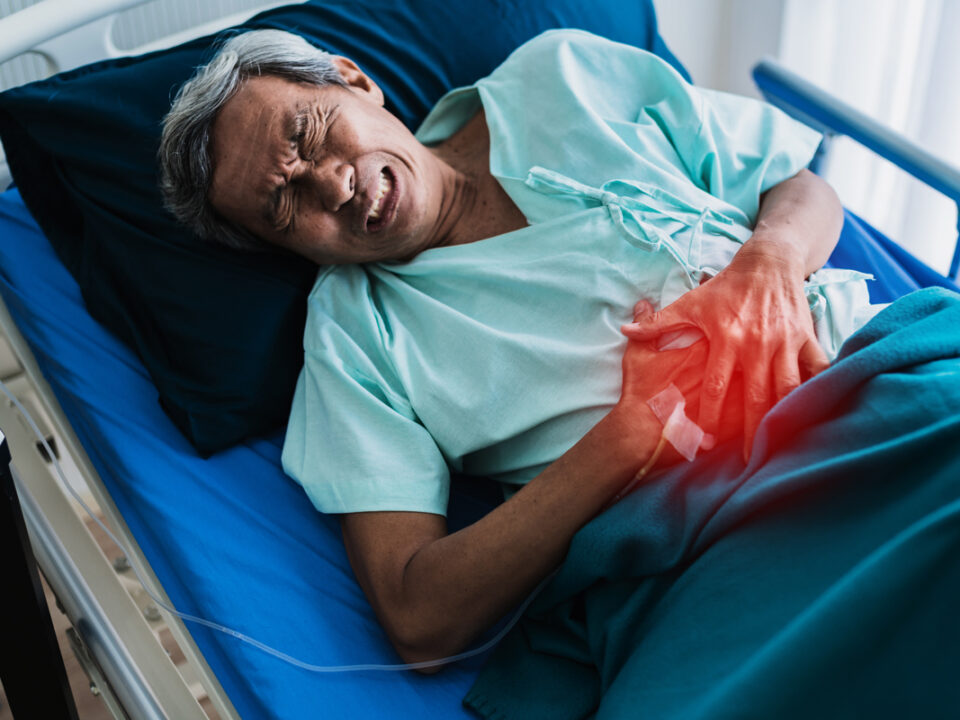
Role of Hyperbaric Oxygen Therapy in Osteomyelitis
22/02/2024
Hyperbaric Oxygen Therapy and Cancer Treatment & Management
22/02/2024HBOT involves the administration of oxygen at higher-than-normal atmospheric pressures, which is believed to increase oxygen delivery to tissues, promote tissue repair, and reduce inflammation. In the context of Cerebral Palsy, HBOT holds promise in improving motor function, reducing spasticity, and enhancing overall quality of life for individuals affected by this condition. However, the efficacy and long-term benefits of HBOT in Cerebral Palsy remain a topic of ongoing research and debate. This is what HBOT India has to say.
Cerebral Palsy
Cerebral Palsy is defined by problems in movement, holding posture, coordination, and uncontrolled gait, caused by several disorders and conditions. It involves most of the parts of the muscles and affects motor parts of the body posing problems to muscles. This problem usually arises due to damage in motor unit of body system during developmental stage.
Signs and Symptoms
CP affects different parts of the body. Some signs and severe symptoms are given below:
Speech and Eating
- Delayed speech
- Speaking problems
- Swallowing issues
Development
- Motor skills issue due to development abnormality.
- Challenges in learning
- Intellectual disability
Movement and Coordination
- Stiffed muscles and heightened reflexes
- Floppy muscles
- Rigidity in muscles
- Ataxia
- Tremors
- Writhing, slow movements
Other Problems
- Epilepsy
- Hearing issues
- Eyesight problems
- Unusual pain in body
- Bladder & bowel problems, such as urinary incontinence and constipation
- Behavioural issues and emotional disorders are examples of mental health conditions
Types
Many movements are affected due to involvement of different muscles:
- Rigidity in muscles
- A lack of balance and coordination
- Dyskinesia
CP is classified into four primary varieties:
Spastic Cerebral Palsy
Most common type of CP in which about 80% of CP sufferers have spastic CP. Muscle tone is very high in these affected patents. Their actions could be unpleasant as a result of their stiff muscles.
Ataxic Cerebral Palsy
In this type, coordination and balance is mostly affected and results in wobbly gait. It affects most of the motor activity in the hind limbs.
Dyskinetic Cerebral Palsy
In this type of CP there are motor problems in hands and feet. Any response of the muscles becomes delayed and this problem is often associated with fore limbs
Mixed Cerebral Palsy
Some persons exhibit signs of multiple CP types such as Spastic-kinetics CP is the kind of mixed CP that is most prevalent.
Causes
CP is caused due to various problems such as genetic mutations, developmental problems, neuronal inflammation and traumatic brain injury.
A damage to the brain or faulty brain development that took either before or during birth is referred to as congenital cerebral palsy (CP). 85% to 90% of CP cases are congenital. Many times, the precise reason is unknown. A minor portion of cerebral palsy caused by aberrant brain growth or injury after 1 month of delivery. It is frequently linked to a brain injury or illness (such as meningitis).
- Gene mutations
- Developmental problems
- A disturbance in the blood flow to the developing brain causes a foetal stroke
- Bleeding into the brain during pregnancy or when baby
- Neuronal inflammation or injury
- Traumatic brain injury
- Birth-associated asphyxia is significantly less prevalent a cause than previously believed, although it is nonetheless related to difficult labour or delivery and results in a lack of oxygen to the brain
Risk Factors
Cerebral Palsy is more common in infants due to a few variables. These consist of:
Birth defects, low birth weight, measures a baby’s physical condition at birth; breech birth, in which the baby’s feet or buttocks emerge first; and Rh incompatibility, in which the pregnant parent’s blood is incompatible; Rh type is incompatible with their unborn child’s blood Rh type exposure of the expectant parents to hazardous chemicals, such as illicit drugs or pharmaceuticals, or having twins or triplets.
Hyperbaric Oxygen as Effective Medicine for Cerebral Palsy
By administering pure O2 under high pressure, hyperbaric oxygen therapy (HBOT) increases the volume of oxygen in blood and tissues (hyperoxia). Treatment involves in pure oxygen (O2) concentrations at high atmospheric pressures. As per the Undersea & Hyperbaric Medical Society (UHMS), this pressure can be more or equivalent to 1.4 atmospheres (ATM). For all current UHMS approved uses, patients may only inhale oxygen when confined in a space with a minimum air pressure of 2 ATA. For hyperbaric oxygen therapy to work, there needs to be a pressure environment that is greater than the air pressure at sea level.
All kids with diagnostics of CP were enrolled in this single-blinded, randomized, controlled trial. After randomization, they were split into cases and controls. The study did not include people with behaviourism problems, aberrant brain MRI results, or chromosomal or genetic syndromes. This study included 103 controls and 90 cases. Hyperbaric oxygen treatment (HBOT) was administered to cases while not to controls. HBOT was administered five times in each case. Each cycle included 40 HBOT treatments spread every session in every 2 months. Each session lasts for 60 minutes at 1.5 atmosphere through a hood in the HBOT chamber. The neurological outcomes of each child included in this study significantly improved. In terms of hearing, speaking, and parent satisfaction index, the improvement was less notable.
There are currently contradicting results from studies on HBOT treatment for children with cerebral palsy. Nonetheless, a lot of medical experts think that this is what cerebral palsy care will look like in the future. The majority of medical practitioners agree that children whose cerebral palsy was caused by a brain injury caused by oxygen deprivation, as opposed to a genetic or developmental condition, would benefit most from HBOT. Researchers looked at the effects of HBO2 therapy in 25 patients with spastic diplegic CP. The pre and post-HBO2 assessments included fine motor function, causticity, gross motor function, video analysis, and parental questionnaires. The HBO2 treatment plan consisted of 20 sessions, each lasting 60 minutes at 1.75 ATM and 95% oxygen purity. Three of the six hand tests that assessed improvements in motor activity also showed improvement, as did three of the five GMFM test items that measured gross motor function; three of the four muscles evaluated for causticity by a physician skilled in cerebral palsy also showed less causticity; and the majority of questions given to parents revealed improvements.
A total of 120 boys and girls with cerebral palsy were enrolled in this study. Ages ranged from three to fifteen years old. The children were divided evenly into two groups. Group B, the control group, consisted of 60 kids who did not get Hyperbaric Oxygen Therapy, whereas Group A, the cases group, consisted of 60 kids who did. While the children in the control group received only physical treatment, the children in the cases group had five cycles of hyperbaric oxygen therapy in addition to physical therapy. Every patient had five rounds spread out over two months. There are forty sessions in a cycle, each lasting an hour and utilizing 1.5 atmospheric absolute ata pressure of pure oxygen. Neurological outcomes for CP patients significantly improve with HBOT. It is believed that using HBOT is a safe, effective technique with few to no side effects.
Hyperbaric Therapy is a very safe, effective and cost-friendly adjunct treatment for Severe Anemia which is getting increasingly popular in India with many new centers in urban and metropolitan cities. It is also highly recommended for many other conditions described above.
However, it is not completely risk free and should by carefully modified by the medical practitioner for each and every patient. Hyperbaric Oxygen therapy opens new avenues for the treatment of patients who couldn’t get blood transfusions before due to allergies, religious reasons or simply due to lack of availability of matching blood.




